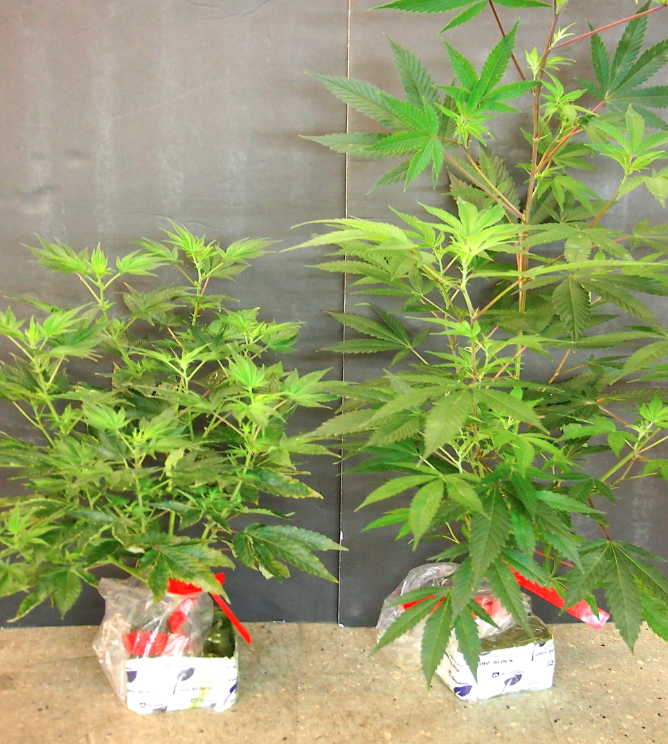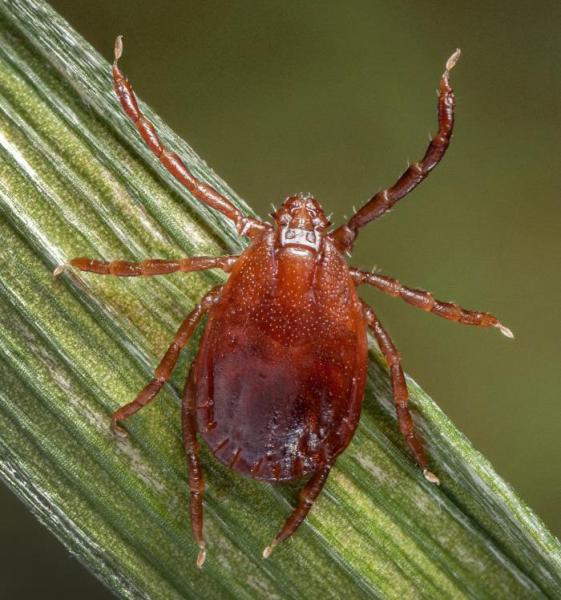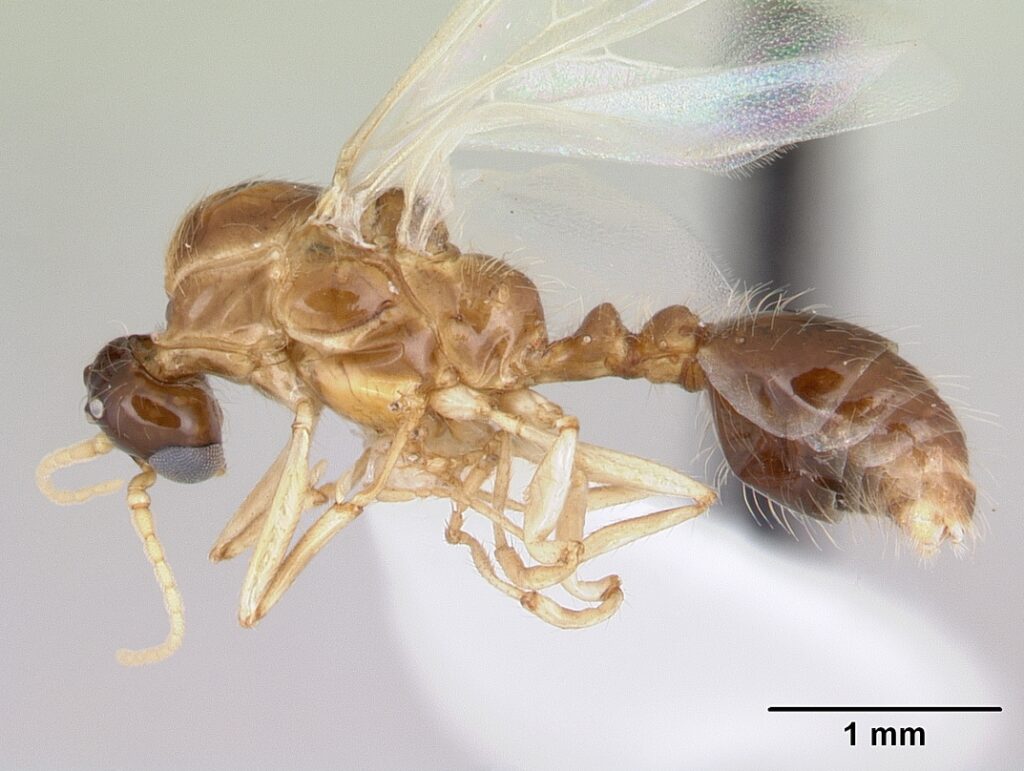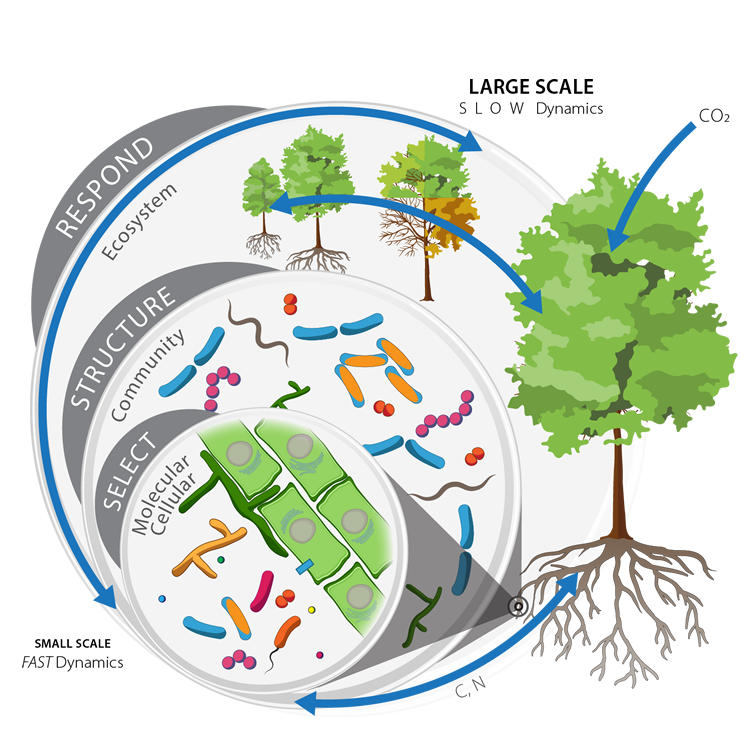Explore BiGG Data projects listed below offer research training in analysis of big data to fully understand ramifications of microbiomes, metabolomes, and genetics of One Health systems. By the end of the REEU, Fellows will have performed multiple bioinformatics tasks to answer One Health questions including, but not limited to, quality control/filtering, sequence alignment/assembly, protein and coding analysis, and basic statistics. Students will also receive training in communicating research in these complex systems to the other scientists and the general public.
2024 Research Opportunities
Project:
Infection of hops with hop latent viroid (HLVd) is symptomless in the plant; however the chemistry of the hops cone is altered reducing profits from this specialty crop. The viroid was identified as the cause of ‘dudding disease’ in Cannabis sativa in 2019. By 2021, an estimated 30% of plants in approximately 90% of California growing operations tested positive for the viroid. Unlike in hops, HLVd infection in C. sativa reduces crop yield but it also alters chemistry of the inflorescence. Losses due to this pathogen make it a top concern among growers. Transcriptomic analysis based on RNA sequencing (RNA-seq) was performed to investigate the host-pathogen relationship in C. sativa. Bioinformatic analysis of these data will allow us to better understand how the viroid alters the host physiology and metabolism.
References
1. Adkar-Purushothama, C.R., Sano, T., Perreault, J.-P. 2023. Hop latent viroid: a hidden threat to the cannabis industry. Viruses 2023, 15, 681. https://doi.org/10.3390/v15030681
2. Medicinal Genomic. 2023. Hop latent viroid in cannabis. https://medicinalgenomics.com/hop-latent-viroid-in-cannabis/ (accessed 12-18-2023)
Faculty Mentors:


Graduate Mentors:


Project:
The Asian longhorned tick (Haemaphysalis longicornis) is an invasive and exotic tick species that is currently threatening the United States cattle industry. In 2019, we recovered this species from a Tennessee cow-calf farm where multiple cattle died and several additional farms shortly there after. Using a combination of genetic and genomic approaches, students will determine if bacteria, fungal, or protozoal pathogens could be responsible for losses overserved at multiple cow-calf farms.
References
1. Trout Fryxell, R. T., T. Chavez-Lindell, R. A. Butler, and A. Odoi. 2023. Environmental variables serve as predictors of the invasive Asian longhorned tick (Haemaphysalis longicornis): an approach for tareted tick surveillance. PLoS ONE. 18(11): e029595. https://doi.org/10.1371/journal.pone.0292595
2. Butler, R. A. and R. T. Trout Fryxell. 2023. Management of Haemaphysalis longicornis on a cow-calf farm in east Tennessee. Journal of Medical Entomology. 60(6): 1374-1379. https://doi.org/10.1093/jme/tjad121
3. Butler, R. A., J. G. Chandler, K. M. Vail, C. J. Holderman, and R. T. Trout Fryxell. 2021. Spray and pour-on acarcides killed Tennessee (United States) field-collected Haemaphysalis longicornis nymphs (Acari: Ixodidae) in laboratory bioassays. Journal of Medical Entomology. 58(6): 2514-2518. https://doi.org/10.1093/jme/tjab115 4. Trout Fryxell, R. T., D. N. Vann, R. A. Butler, D. J. Paulsen, J. G. Chandler, M. P. Willis, H. M. Wyrosdick, J. J. Schaefer, R. W. Gerhold, D. M. Grove, J. Z. Ivey, K. W. Thompson, R. D. Applegate, J. Sweaney, S. Daniels, S. Beaty, D. Balthaser, J. D. Freye, J. W. Mertins, D. L. Bonilla, and K. Lahmers. 2021. Rapid discovery and detection of Haemaphysalis longicornis through the use of passive surveillance and collaboration: building a state tick-surveillance network. International Journal of Environmental Research and Public Health. 18(15): 7980-7993. https://www.mdpi.com/1660-4601/18/15/7980/htm.
Faculty Mentors:


Graduate Mentor:


Project:
Solenopsis daguerrei is an ant that exploits several fire ant species, including global pest Solenopsis invicta (the red imported fire ant). As a social parasite, S. daguerrei lacks the worker caste seen in nonparasitic ant species and must rely on its host colony to rear its offspring. This association leads to several adverse effects on the host colony, suggesting that S. daguerrei could potentially serve as a biological control agent for invasive fire ants. Yet, there is limited knowledge about the life history and biology of this species, particularly what factors enable the transition from a free-living to a parasitic lifestyle. Using various genomics tools and approaches, we aim to address these unknowns, with the expectation that it will provide further insight into this unique lifestyle. On a broader scale, this research could contribute to the development of novel methods for controlling invasive fire ants.
Faculty Mentors:


Graduate Mentors:


Project:
Within soils, microorganisms like bacteria and fungi establish intricate relationships with plants, influencing plant growth and physiology. These associations often result in enhanced nutrient uptake, improved stress tolerance, and alterations in plant pathogen resistance. Within managed ecosystems, the deployment of commercially available microorganisms has demonstrated mixed results in sustainably managing plant diseases and enhancing growth in stressful environments. While there are significant opportunities in using microbial inoculants, it is unclear what level of specificity there is between these inoculants and their plant hosts, and further how the addition of these microbes within novel environments will affect resident microbial community structure and function. The goal of our study is to determine if beneficial bacteria can establish within the plant rhizosphere and root endosphere, and if this establishment alters both host physiology and the resident microbial community. As agriculture faces increasing environmental challenges, further research and implementation of microbial solutions are crucial for fostering resilient and productive crop systems.
Faculty Mentors:



Graduate Mentors:

